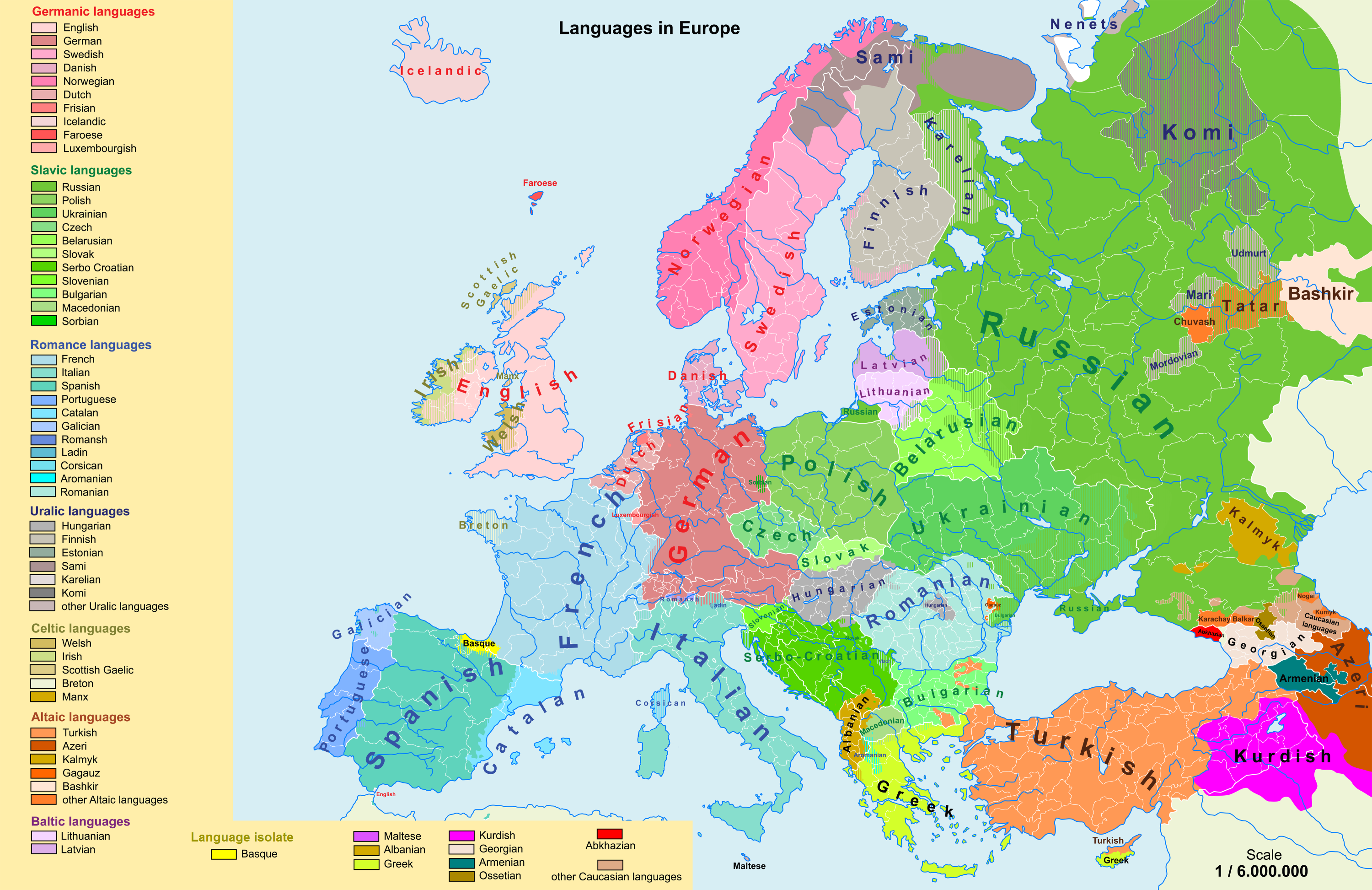For more info, read my initial blog post.
How to see interactive maps:
1. Download map (gmp file).
2. Go to gmapgis.com.
3. Click "Project".
4. Upload map from your computer (the gmp file you just downloaded).
5. Click "Open".
6. Enjoy.
If you are interested to see the names of the included languages, I made a spreadsheet.
Edit:
One interesting thing I noted is that the well conserved "tu" is followed by "v/w" in some languages. These languages are all present in Asia.
Tocharian B: tuwe
Classical Armenian: dow
Old Persian (West-Iranian): tuvam, θuvām
Sodgian (East-Iranian): tyw
Sariqoli (East-Iranian): tɛw
Kata/Kati (Nuristani): tʷi
Vedic Sanskrit (Indo-Aryan): tvám
In some Indo-Aryam languages the "v" changed into a "m":
Nepali: timi, ta
Assamese: ti, tay, tumi, āpuni
Bengali: tumi
Oriya: tumɔ, to, apɔṇɔ-nkɔ,
The antrogenica user linkus showed me that "v/w" is actually also present in Baltic languages in some of the declensions of "you". In Slavic languages it is a "b". I also found the "you" declension of the reconstructed proto-Indo-European, which shows both "w" and "b". I also added German.
| Proto-Indo European | Lithuanian | Latvian | Polish | Russian | German | |
| Nom. | *túh₂ | tu | tu | ty | ты | du |
| Gen. | *téwe ~ *toy | tavo/tavęs | tavs | ciebie/cię | тебя | deiner |
| Dat. | *tébʰye ~ toy | tau | tev | tobie/ci | тебе | dir |
| Acc. | *twé ~ te | tave | tevi | ciebie/cię | тебя | dich |
| Ins. | tavimi | tevi | tobą | тобой | ||
| Loc. | tavyje | tevī | tobie | (о)тебе |
Another thing that caught my attention is the prefix "e" in Gorani dialects, e.g. "etu" and Greek. Similar structures with "e":
Greek: εσύ/esi
Macho from Topzawa (Kurdistan-Iraq; Gorani): tu, etî
Shabaki from Qahrawa (Gorani): tu, etû
Bajalani from Arpaîi (Gorani): etci



























